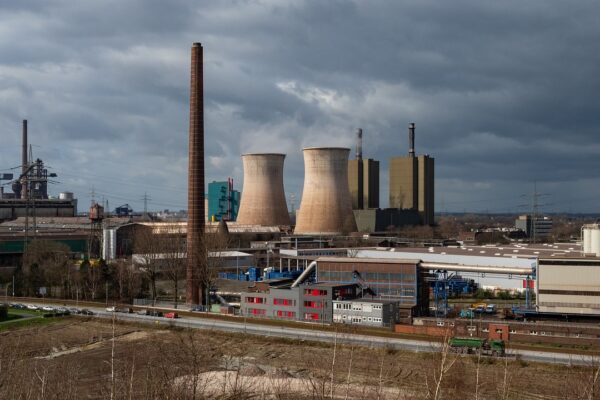
The Battery Revolution: Chemical Engineers at the Heart of Manufacturing and Recycling
The global energy landscape is rapidly shifting toward sustainable sources, driven largely by the rise of electric vehicles (EVs), renewable…

The global energy landscape is rapidly shifting toward sustainable sources, driven largely by the rise of electric vehicles (EVs), renewable…

In today’s Industry 4.0 era, technologies like artificial intelligence, advanced simulation, and the Internet of Things are reshaping industrial operations. At…

Gas pipelines stretch thousands of miles across continents, buried beneath cities, forests, deserts, and oceans. They power economies, warm homes,…

As the climate crisis intensifies, most public discussions and policy debates focus on carbon dioxide (CO₂)—the most prevalent and long-lived…

For over a decade, natural gas has been hailed as the “bridge fuel” that would guide the world from coal-dominated energy systems toward a cleaner, renewable-powered future. Its promise lies in its ability to produce less carbon dioxide (CO₂) than coal or oil and its flexibility in supporting renewable energy technologies. But as climate urgency mounts and evidence of environmental trade-offs grows, the narrative around natural gas is rapidly shifting. Is it truly a stepping stone to a sustainable energy system, or just another fossil fuel delaying the inevitable?